
Pioneering work that impacts the future
Rubber Silica
The 70th anniversary of ULTRASIL® VN 3 active filler is a great opportunity to look back at milestones in the development of modern tires – and also to look at the great potential of silica in overcoming the challenges of new, sustainable mobility.
More safety – more energy efficiency – less wear. The requirements for tires are increasing and a new EU label has set a high bar for manufacturers to meet. Our product ULTRASIL® VN 3, invented by a predecessor company of Evonik, has been enabling the continuous improvement of tires for seven decades:

1951: Hans Verbeek creates white carbon black
Since the 1940s, research had been conducted on silica as a substitute for carbon black as an active filler for tires. The success story began in March 1951 when chemist Dr. Hans Verbeek (1908 – 1996) and his laboratory assistant, Peter Nauroth, created precipitated silica for the first time. The new reinforcing filler was initially named Ultra-Siltec VN.
From 1953 on, the product was sold as ULTRASIL® VN 3 – with the initials of the two inventors also incorporated in the brand name, while the number 3 refers to the month of March. Within just a few years, it started to substitute the filler carbon black and made the creation of colored rubber compounds possible.
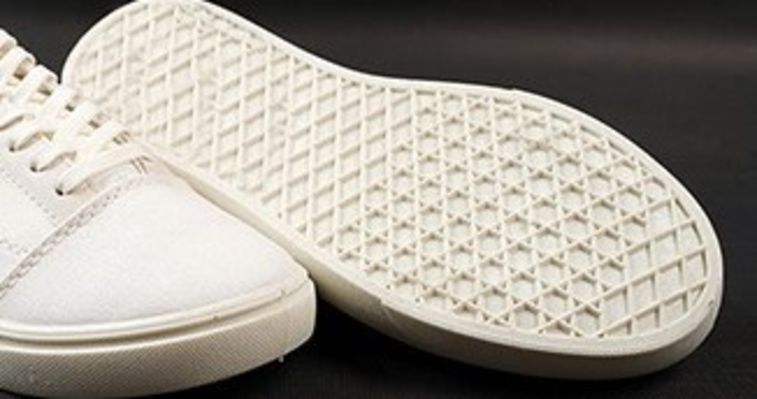
Sports footwear paved the way for the development of today’s high-performance tires. After all, ULTRASIL® VN 3 initially proved itself in pale and colored shoe soles that no longer left black marks on the floor.
Whatever application: ULTRASIL® enhances all rubber products.
Looking back at 70 years of ULTRASIL®: Historical photos and advertising campaigns
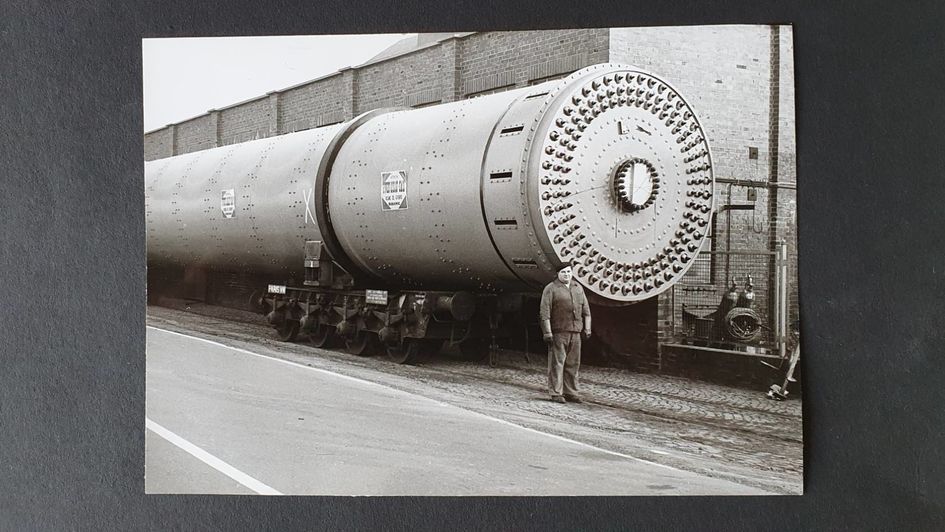
Silica production in the 1950s: This rotary dryer was used to dry silica at the Wesseling production site.

Historical photography of the Wesseling production site, located in the Rhineland region between Cologne and Bonn. This is where Dr. Hans Verbeek and his assistant Peter Nauroth invented ULTRASIL® VN 3 in 1951.

The 1950s: Car tires and other rubber products still contain carbon black as a filler. ULTRASIL® VN 3 soon substitutes carbon black in rubber goods – and later also in tires.
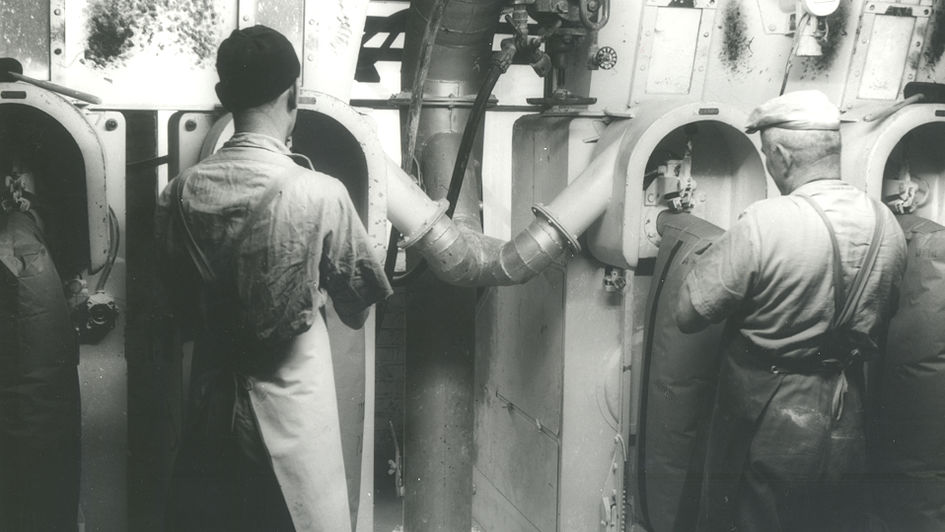
1966: Employees during manual bagging. ULTRASIL® VN 3 is filled into bags at a production site.
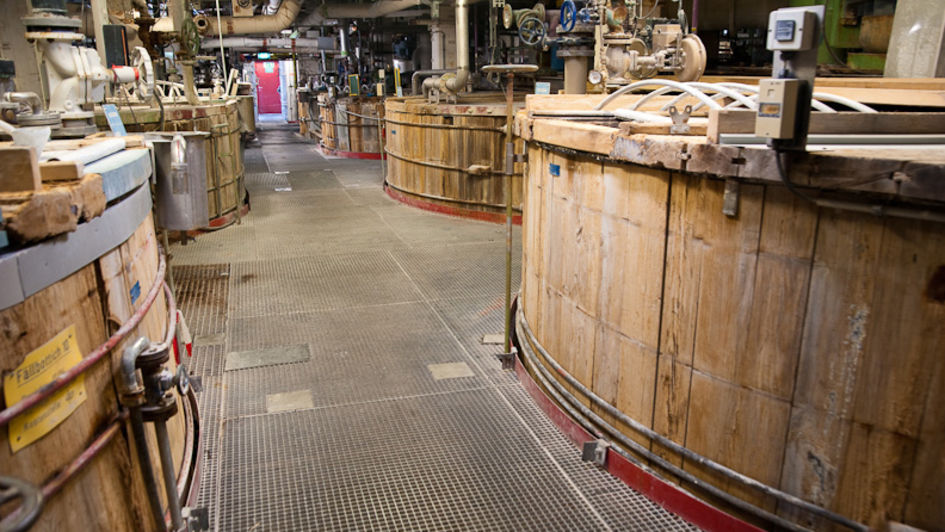
Canadian pine precipitation vessels were used until the early 2000s.

Filter press building in 1970, 1990 and 2015.

Strong couple: Degussa (later Evonik) launches the coupling reagent Si 69® in 1972/73. Silanes enable hydrophilic silica to be chemically coupled to the rubber polymer. Birth of the Silica/Silane system.

The Silica/Silane system becomes the benchmark for passenger car tire tread performance.

1994: "Green" tires on the cover of the Degussa Report. Saving energy has become a prevalent topic. Rubber blends with highly dispersible silica and silanes are the basis for tires with low rolling resistance and therefore lower fuel consumption.
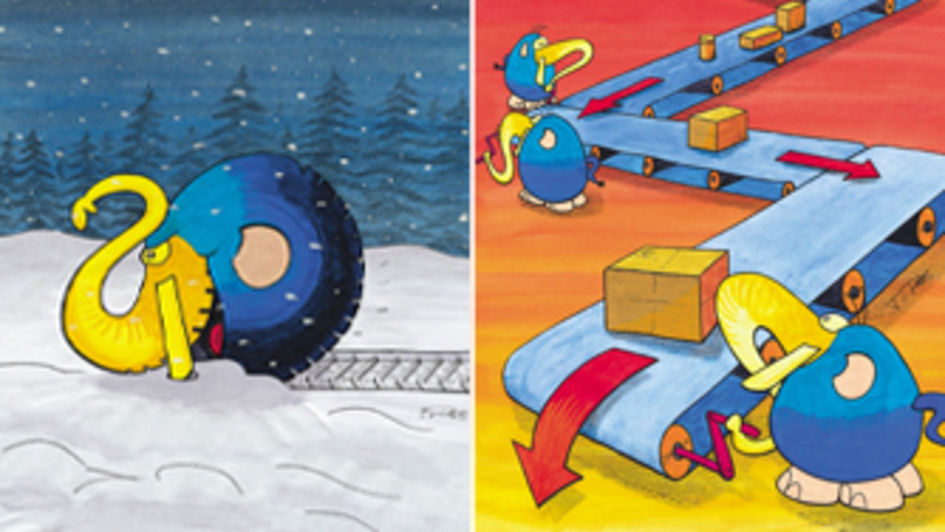
At the beginning of the 2000s, the blue "silifant" advertises ULTRASIL®.

ULTRASIL® advertises in 2021
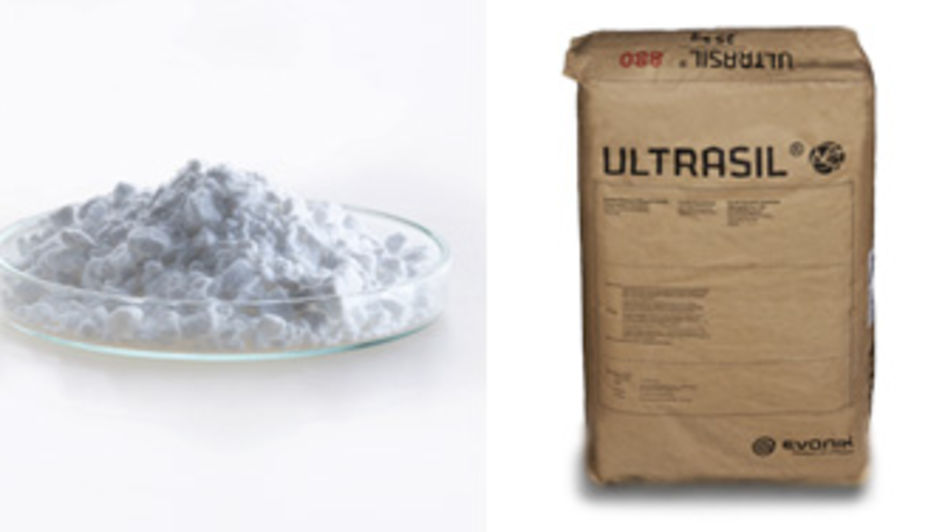
The active filler ULTRASIL® has been an indispensable component of the rubber and tire industry for 70 years. Today, Evonik offers a large portfolio of highly dispersible silica with high and low surface areas.

2018: The Wesseling site is one of the largest sites of Evonik Industries AG and one of the largest silica production plants worldwide.
1970 - 1973: First tires with super wet grip
In the early 1970s, tire manufacturers began testing the first versions of super-wet-grip winter tires that used silica as active reinforcing filler. The aim was to replace spiked tires that cause significant damage to the road; however, as the technology was not mature and the results did not meet expectations, research on these early models was stopped.

1972/73: Silica/Silane system
Our silanes are key to the development of modern high-performance tires, as these components enable hydrophilic silica to be chemically coupled to the rubber polymer. Degussa (later Evonik) made the first lab syntheses with the coupling reagent Si 69® in 1971. The Silica/Silane system revolutionized the tire industry. Silica/Silane system is the benchmark for passenger car tire tread performance, i. e. to reduce the rolling resistance and improve the wet traction behavior.
Even today, Evonik is the only chemical company in the world that manufactures both silica and silanes – and has the research expertise required to continue developing these products so that they are ideally matched to each other. The tire industry in particular is able to benefit from our vast portfolio of custom fillers for various requirements, such as those used in winter tires with improved traction in rainy, snowy and icy conditions.
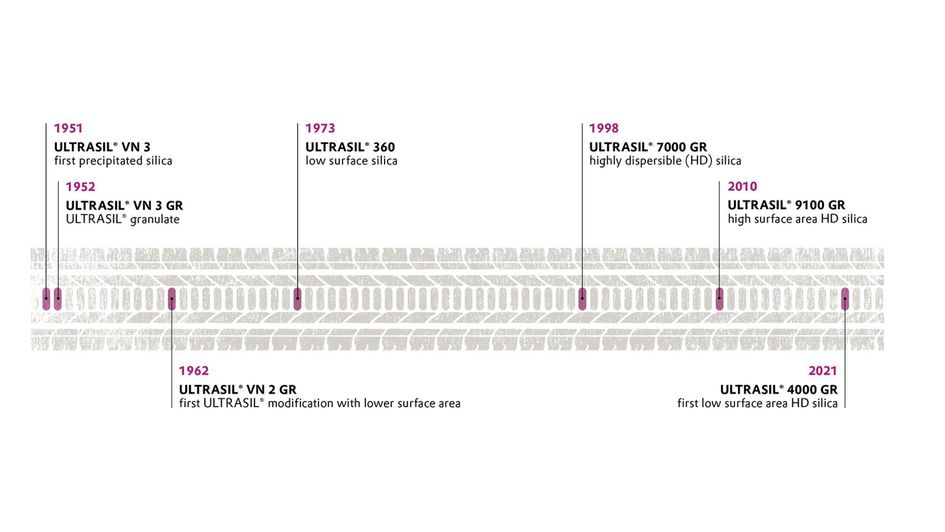

1992: Pioneering work for “green tires”
In the 1990s, saving energy was a prevalent topic and ULTRASIL® also played a key role here: Using silica as a filler in place of carbon black can lower fuel consumption – and therefore also CO2 emissions – by up to eight percent.
In 1992, a large tire manufacturer launched its pioneering green tire technology on the market. S-SBR/BR rubber blends combined with highly dispersible silica and silanes form the basis for tires with low rolling resistance, while simultaneously guaranteeing very good traction in rainy, snowy and icy conditions.
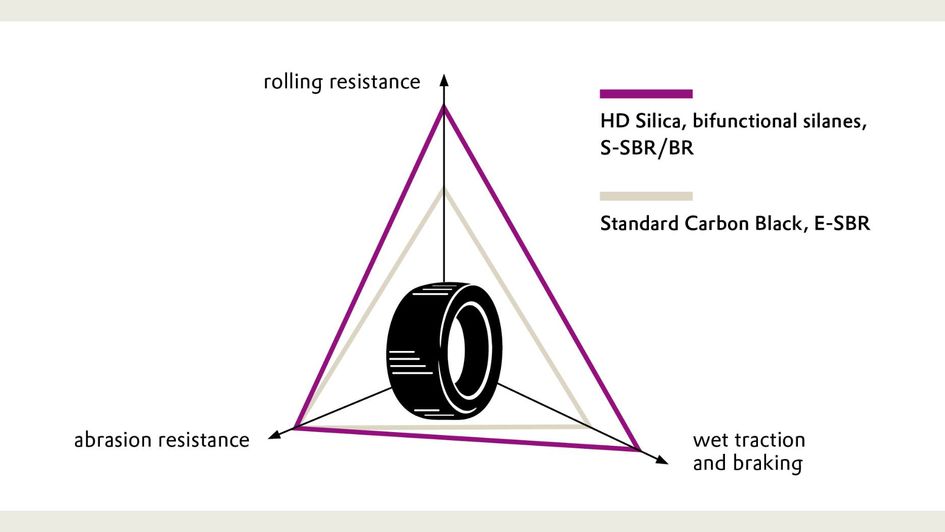
The “magic triangle” that describes a tire’s quality is the relation between rolling resistance, wear and wet traction. However, improving one parameter often goes hand-in-hand with sacrifices in the others. Contrastingly, ULTRASIL® active filler in combination with the silane Si 363™ can reduce the rolling resistance by up to 35 percent and significantly improve wet grip, all while retaining the same good wear values. This increases safety. When driving on a wet surface at a speed of 80 km/h, for example, a car on tires with an A rating as per the EU label can stop around 18 meters – a good three car lengths – quicker than a car on tires with an E rating.
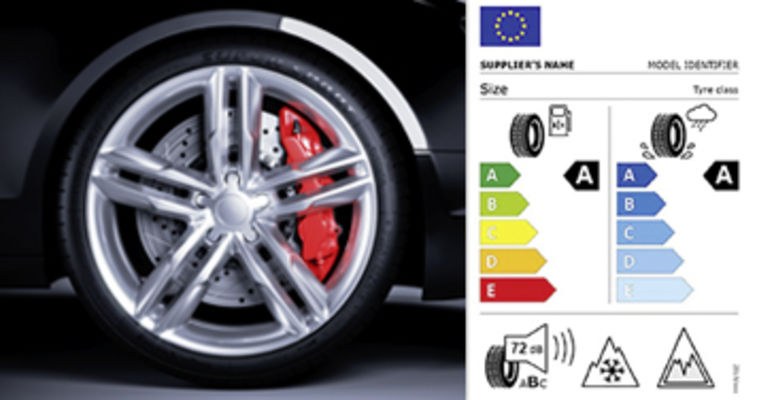
2021: New EU tire label
Today, almost no tires in Western Europe are manufactured without silica in the tread surface. In some models, the ratio of filler to polymer in the tread surface is even 1:1. And the levels of silica filler will continue to increase. In May 2021, a new EU tire label was launched which has had the effect of increasing competition amongst tire manufacturers, as every one of them is striving to attain best ratings.
A low rolling resistance is also important when it comes to the success of the switch to green mobility. Due to their batteries, electric vehicles are significantly heavier than vehicles with combustion engines. Currently, the low ranges of 300 to 400 km are a major disadvantage. This makes tires with low rolling resistance even more attractive: the easier the electric car rolls, the further its range will be.

Outlook: era of sustainability
Sustainability plays an important role in our future developments. One target is the improvement of the abrasion resistance of tires, which helps expanding their lifetime and saves valuable resources. In addition to that, alternative and sustainable raw materials in combination with green energy sources are under evaluation at Evonik to further reduce the carbon footprint of our products.
The potential of our ULTRASIL® is therefore far from being exhausted. Evonik is already researching further innovative Silica/Silane products for the next milestones in tire development.
